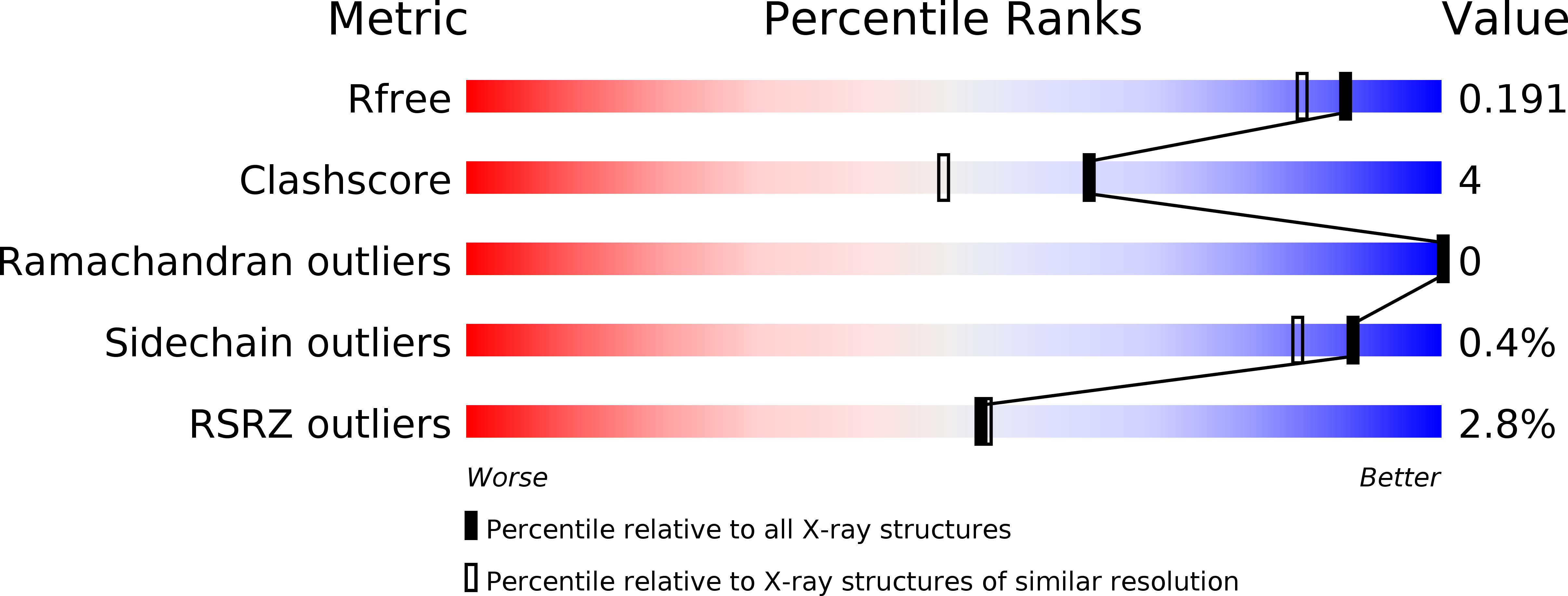
Deposition Date
2014-01-16
Release Date
2014-02-26
Last Version Date
2023-09-20
Entry Detail
PDB ID:
4OGJ
Keywords:
Title:
Crystal Structure of the first bromodomain of human BRD4 in complex with the inhibitor TG-101348
Biological Source:
Source Organism:
Homo sapiens (Taxon ID: 9606)
Host Organism:
Method Details:
Experimental Method:
Resolution:
1.65 Å
R-Value Free:
0.18
R-Value Work:
0.15
R-Value Observed:
0.15
Space Group:
P 21 21 21


